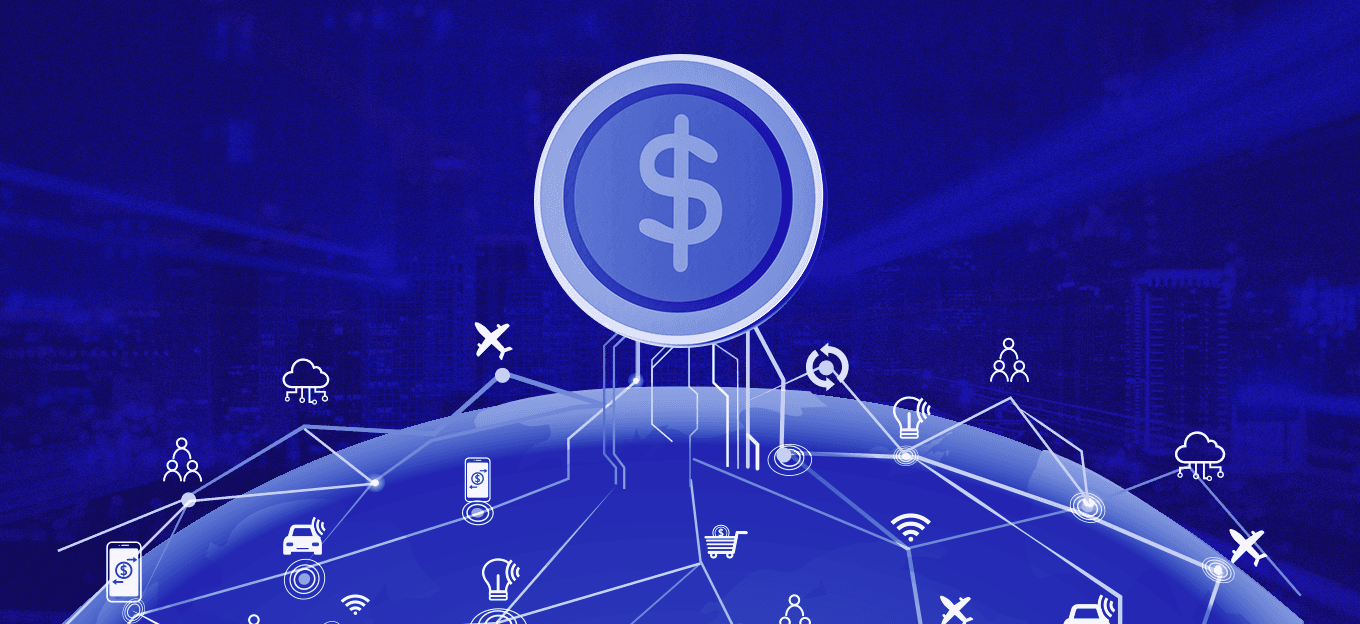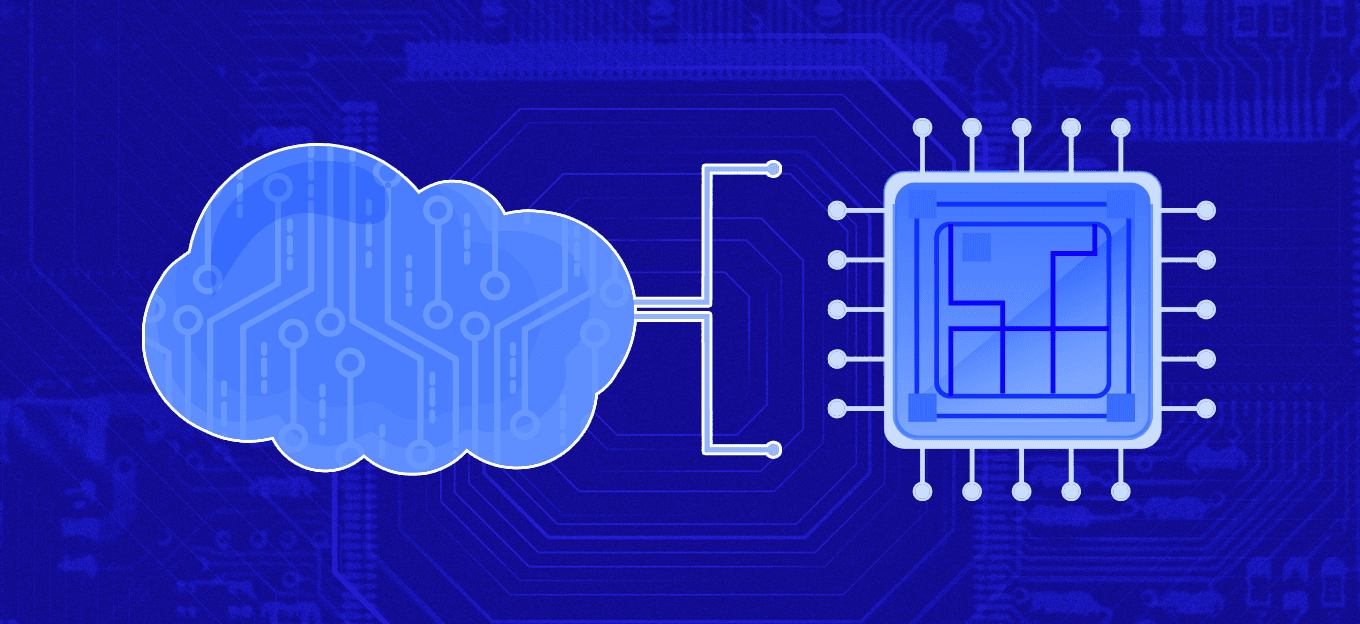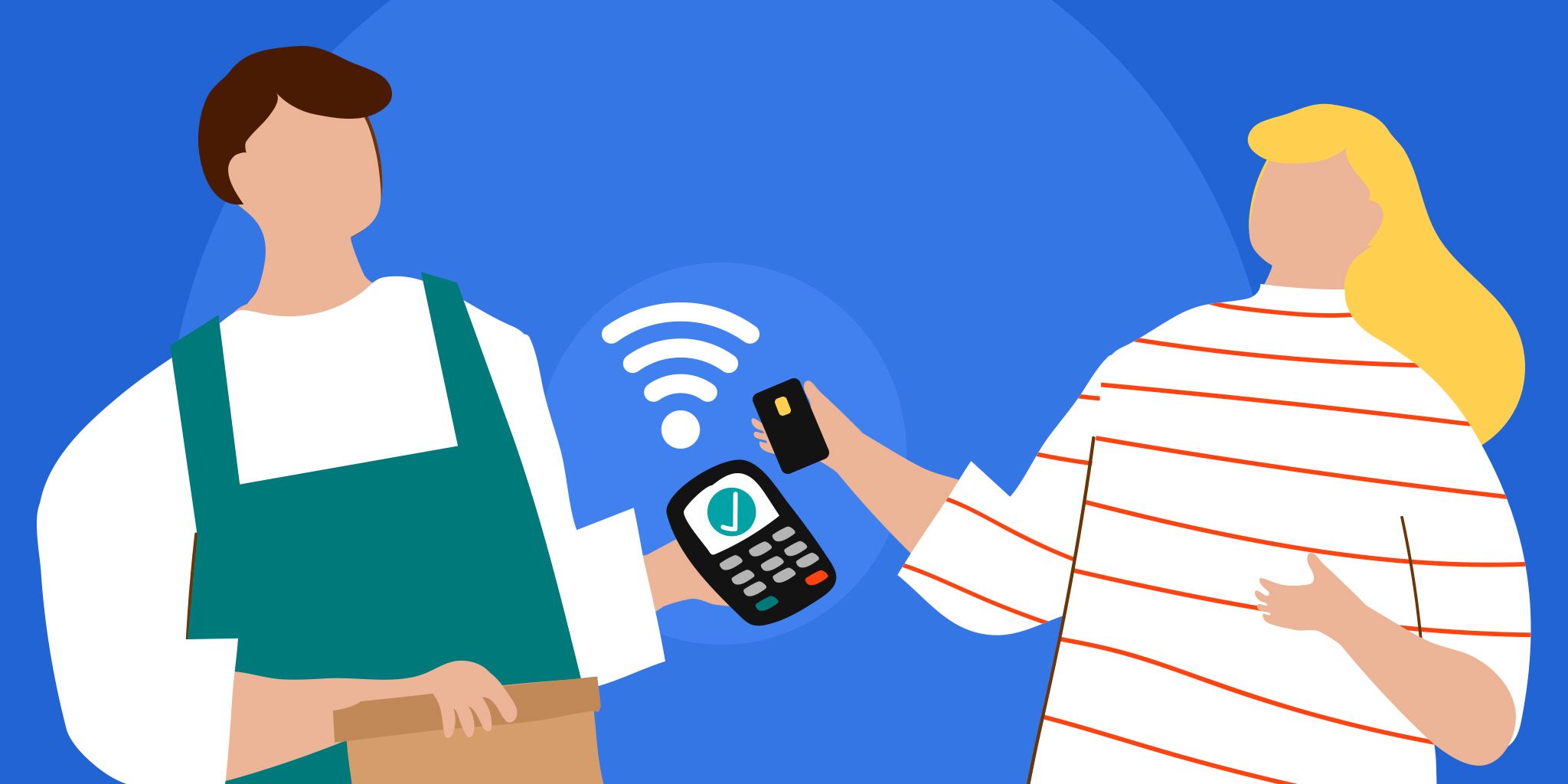Expanding Connectivity Reach with Satellite IoT
Expanding Connectivity Reach with Satellite IoT
- Last Updated: July 25, 2025
akenza
- Last Updated: July 25, 2025
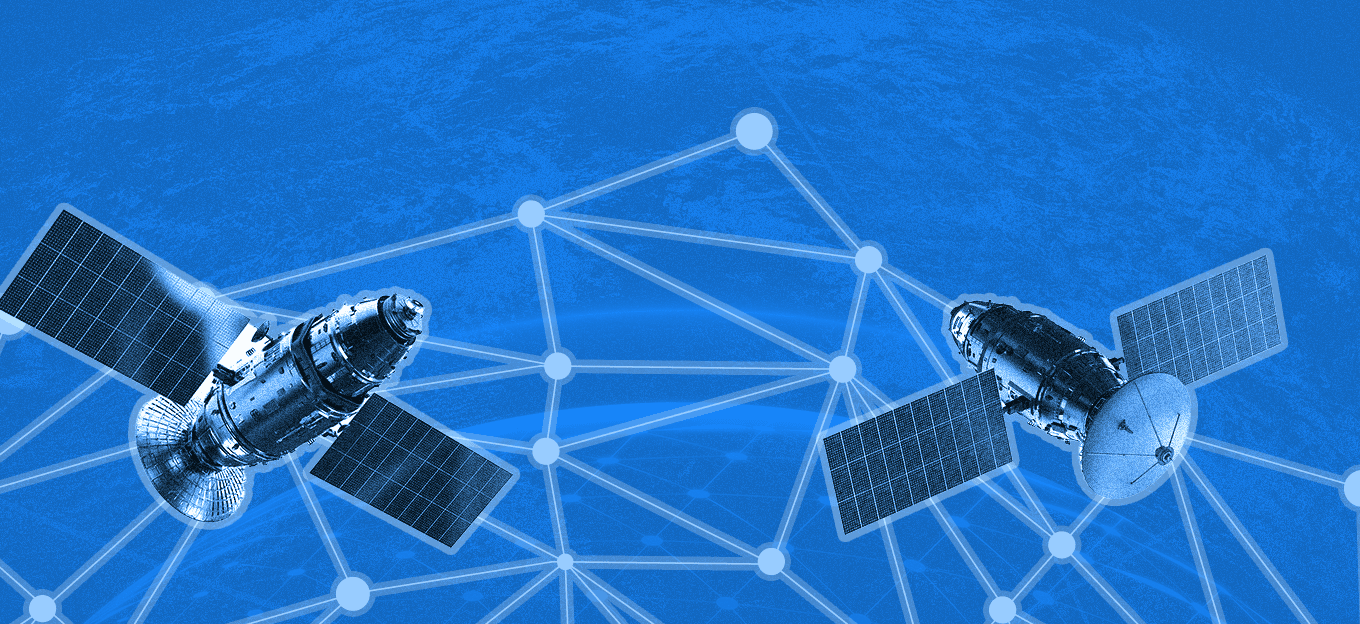


As IoT adoption continues to grow, coverage limitations remain a key challenge. Many remote or harsh environments still lack the infrastructure needed for traditional cellular or LPWAN networks. Satellite IoT helps address this issue by enabling data transmission from virtually anywhere, making it a valuable component of emerging Non-Terrestrial Networks (NTNs).
Satellite IoT is especially relevant for applications involving remote assets such as pipeline, dams, or infrastructure in mountainous regions, where consistent connectivity is often unavailable.
Key technologies in satellite IoT
Two main types of technologies commonly used in satellite IoT: LoRa-based and cellular-based systems. Both can be used as communication protocols between IoT devices and these satellites, but each offers different strengths depending on the application and environment.
While they serve different use cases, they can complement one another depending on deployment needs.
LoRa-based satellite IoT
LoRaWAN is designed for low-power, long-range communication. Devices transmit data only when a satellite is in range, conserving energy. For example, in Low Earth Orbit (LEO) systems like Lacuna Space, satellites pass overhead in predictable intervals. Devices are programmed to wake up during these windows and send their data payloads, which are then relayed to ground stations.
Alternatively, providers like EchoStar Mobile use Geostationary Earth Orbit (GEO) satellites that remain fixed over the equator. This enables more frequent or near-continuous data transmission within defined time-on-air limits.
Cellular-based satellite IoT
Cellular-based satellite IoT leverages standard cellular protocols like NB-IoT and LTE-M. Some systems allow compatible devices to connect directly to satellites. Providers such as Monogoto and Skylo use GEO satellites to offer hybrid connectivity, seamlessly switching between terrestrial and satellite networks. This ensures uninterrupted service. Devices typically use SIM-based authentication and standard registration protocols.
For example, a temperature sensor connected via Monogoto and Skylo can send data to platforms like akenza, which logs and processes the exchanged messages.
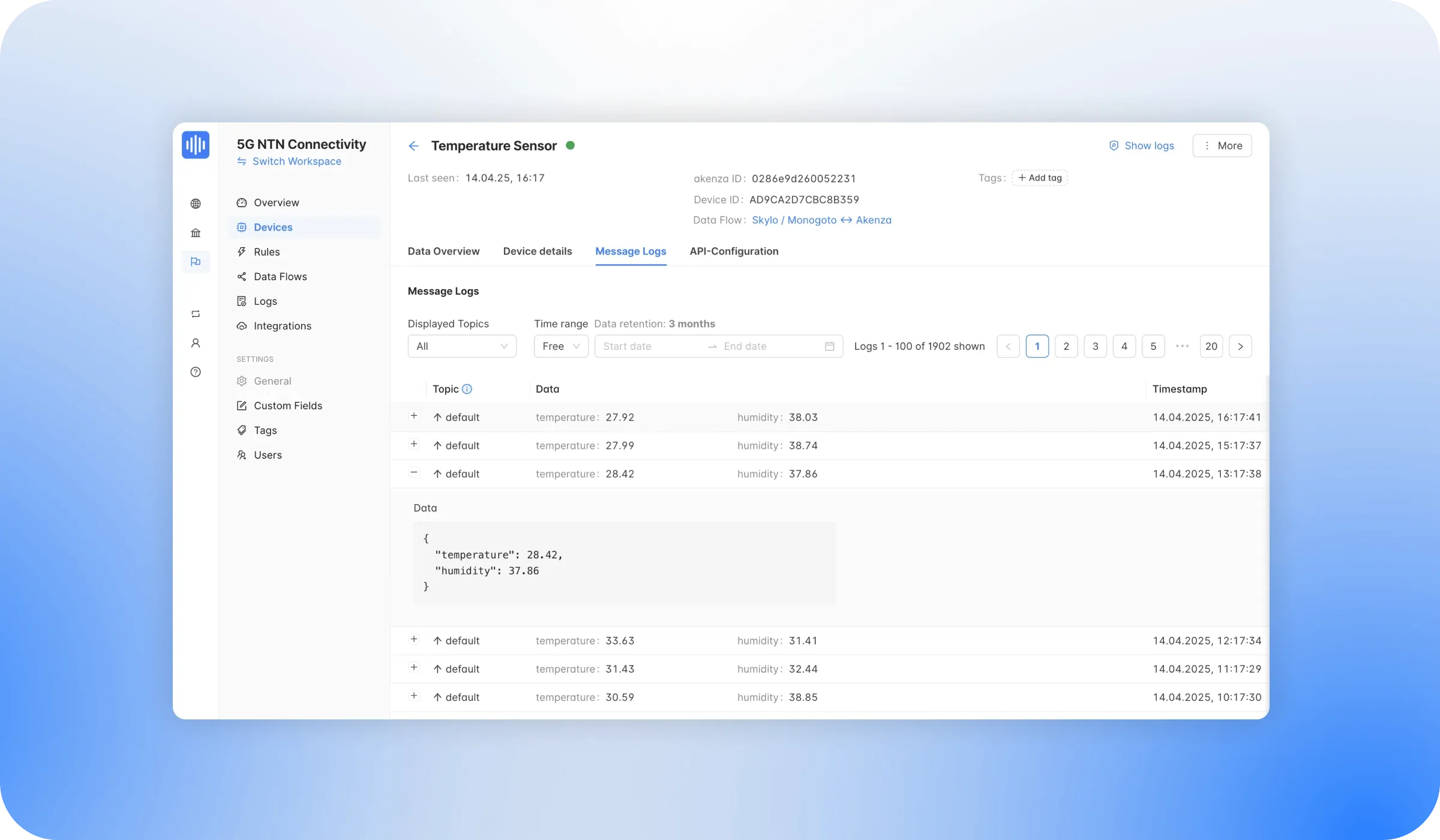
The best of both worlds
For the most robust network, select a platform that provides LoRa-based and cellular-based satellite communication. This allows users to deploy IoT solutions in areas without conventional network infrastructure. Real-world examples include deployments in the Swiss Alps, where satellite connectivity enables monitoring of rivers and dams in remote valleys.
Choose a platform that provides a unified interface to manage devices and connectivity across various technologies, including LoRaWAN, cellular, mioty, and HTTP-based protocols. Because satellite data transmission is often constrained by bandwidth and cost, akenza helps manage device payloads.
This approach supports more resilient and flexible IoT deployments, particularly for those operating in challenging or remote environments.
The Most Comprehensive IoT Newsletter for Enterprises
Showcasing the highest-quality content, resources, news, and insights from the world of the Internet of Things. Subscribe to remain informed and up-to-date.
New Podcast Episode

What is Hybrid Connectivity for IoT?
Related Articles

